| Structure | Name/CAS No. | Articles |
|---|---|---|
 |
Ethidium bromide
CAS:1239-45-8 |
|
 |
Ethanol
CAS:64-17-5 |
|
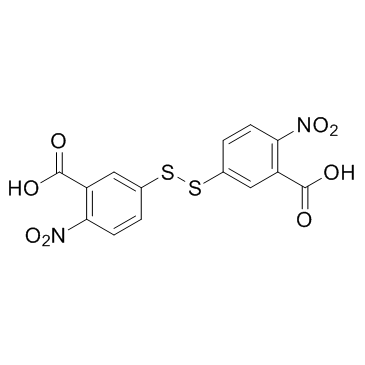 |
DTNB
CAS:69-78-3 |
|
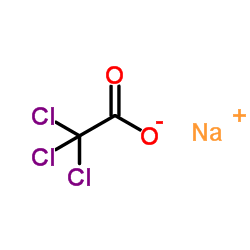 |
Sodium TCA
CAS:650-51-1 |
|
 |
Trometamol
CAS:77-86-1 |
|
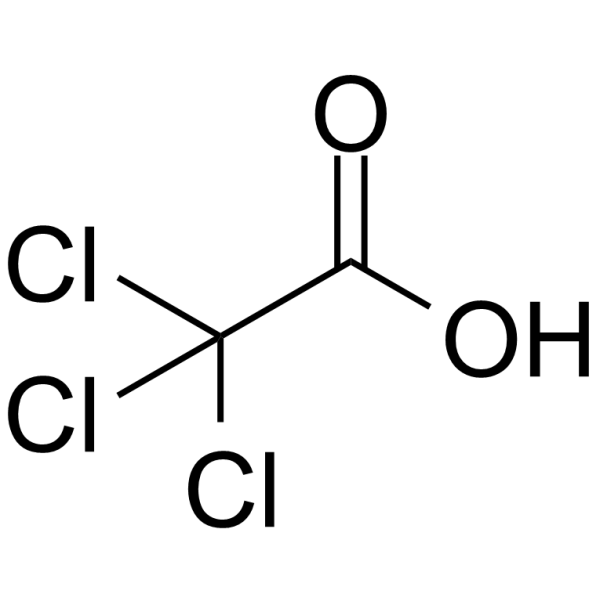 |
Trichloroacetic acid
CAS:76-03-9 |
|
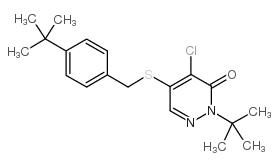 |
Pyridaben
CAS:96489-71-3 |
|
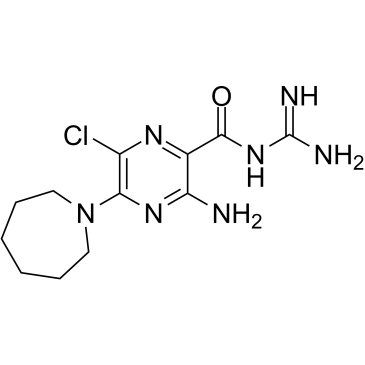 |
5-(N,N-Hexamethylene)-amiloride
CAS:1428-95-1 |
|
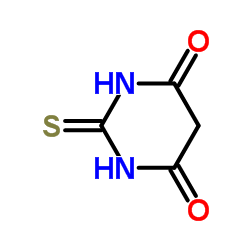 |
4,6-Dihydroxy-2-mercaptopyrimidine
CAS:504-17-6 |
|
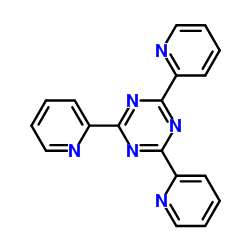 |
2,4,6-Tri(2-pyridinyl)-1,3,5-triazine
CAS:3682-35-7 |